Find the teaching strategies, media, and online resources referenced throughout the Teaching Farewell To Manzanar guide.
This page is designed for educators using Teaching Farewell to Manzanar. It contains all of the digital resources referenced throughout the guide.
This collection contains all of the resources used in Teaching Farewell to Manzanar, which includes:
We recommend the teaching strategies below to engage all kinds of learners throughout Teaching Farewell to Manzanar.
Teaching Strategy
Create a practice of student journaling to help your students critically examine their surroundings and make informed judgments.
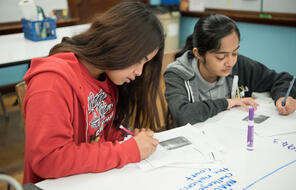
Use exit tickets to assess students’ understanding, monitor their questions, or gather feedback on your teaching.
Middle school student writing at a desk" />
Invite students to nonverbally communicate something they have read or watched, using a color, a symbol, and an image.
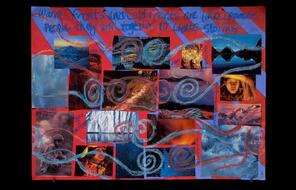
A gallery walk activity gets students moving as they explore a range of documents, images, or student work displayed around the classroom.
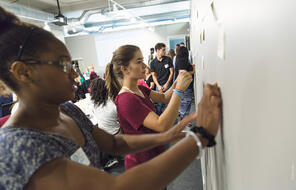
Use identity charts to help students consider the many factors that shape their own identity and that of groups, nations, and historical and literary figures.
%20(1).png?h=d3d13267&itok=RJS3A0Jw)
Explore bystander behavior and the challenges of speaking up with Maurice Ogden's poem “The Hangman.”
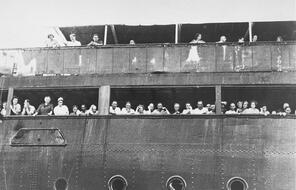 in June 1939." />
in June 1939." />
This history of Japanese American incarceration during World War II is retold in this documentary from Abby Ginzberg and Ken Schneider. It also follows Japanese American activists today as they speak out against the Muslim registry and travel ban.
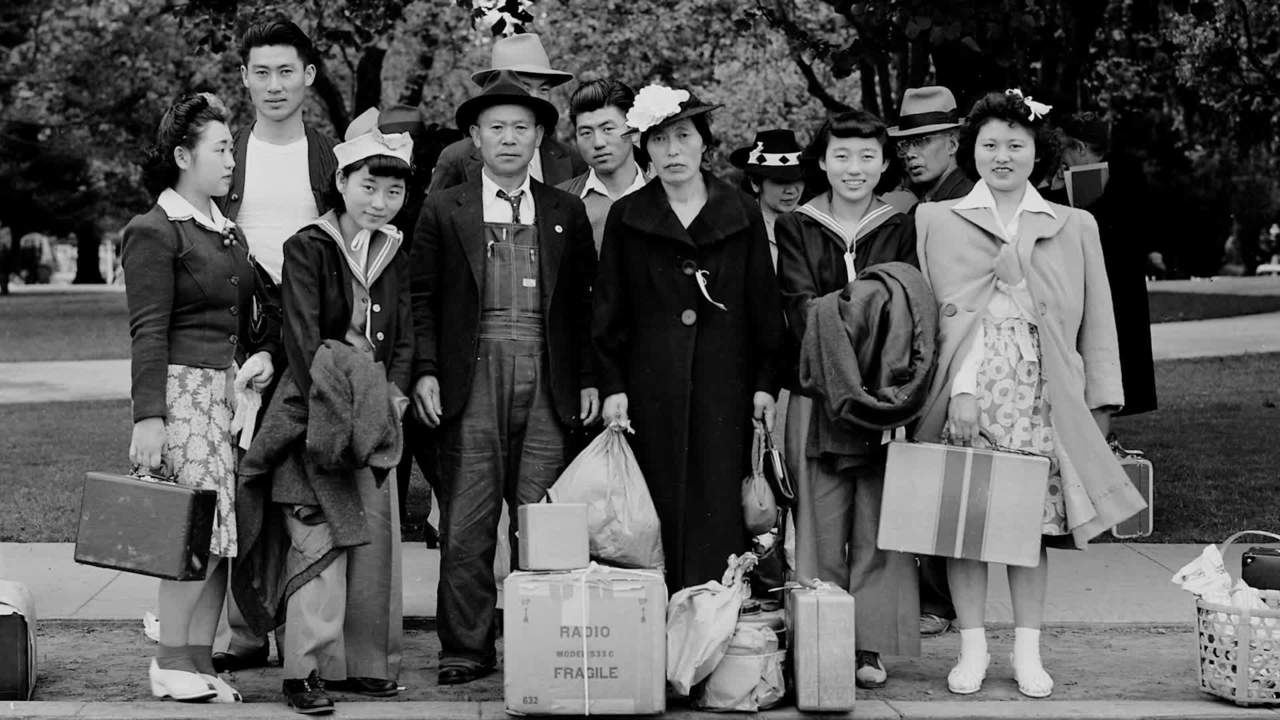
Help students understand that their voices are integral to the story of the United States with six lesson plans that investigate individual and national identity.
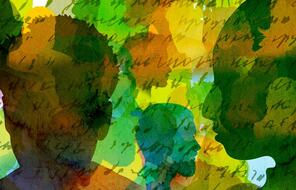
Explore the digital version of our core resource on the Holocaust. Find classroom-ready readings, primary sources, and short documentary films that support a study of the Holocaust through the lens of human behavior.

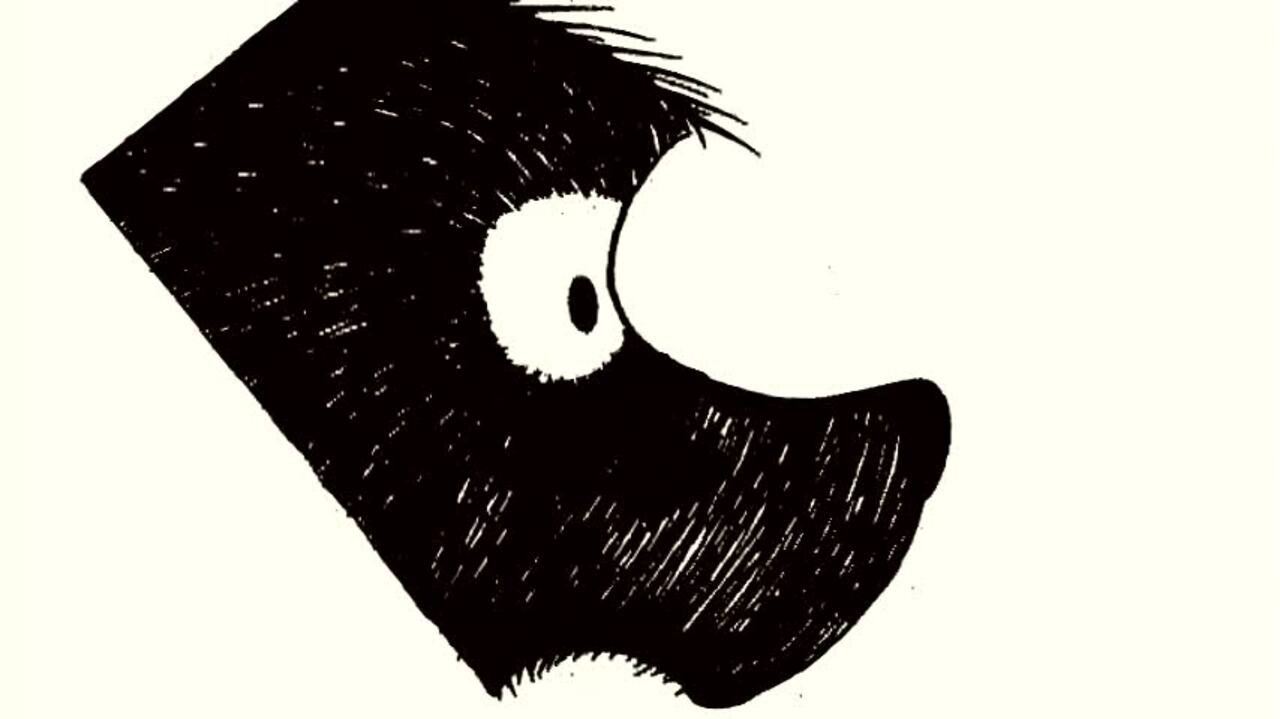
Explore identity, conformity, and authority with this modern fable about a bear forced to navigate society's perception of who he is.
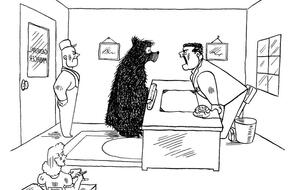
Explore classroom resources for making connections between current events and your curriculum, including activities and discussion strategies for high school and middle school students.
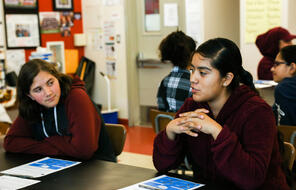
Enrich your teaching of To Kill a Mockingbird with this set of videos, photographs, and readings that will help students contextualize the novel.

Students learn about the debate within the women’s rights movement over the passage of the Fourteenth and Fifteenth amendments.
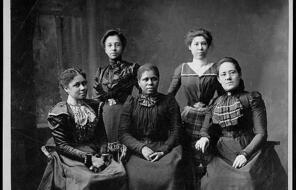
Students explore some of the limitations of Reconstruction's transformation on US democracy and learn about groups who demanded that the promise of equality be made a reality.
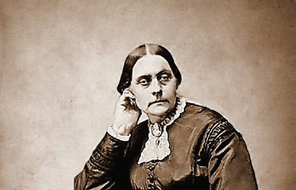
Students learn about the violent responses to the transformation of US democracy that occurred as a result of Radical Reconstruction.
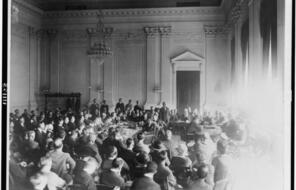
Students examine the factors that led many northerners to turn against federal policies passed during the Reconstruction era that protected freedpeople.
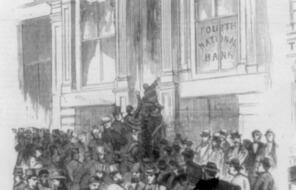
Students learn about the period of violence in the South from 1873-1876 and examine its role in influencing elections and ending Republican control of Southern state governments.
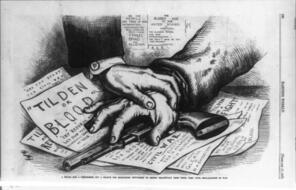
Students explore the legacies of the Reconstruction era today, reflect on the idea of democracy as a continuous process, and consider how they can best participate in the ongoing work of strengthening our democracy.

Students explore the supporting question “How did the Angel Island Immigration Station both reflect and enforce borders within American society?”
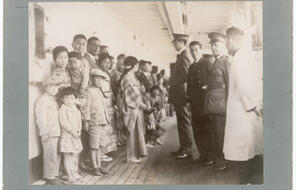
Students explore the supporting question “How did border enforcement at the Angel Island Immigration Station impact immigrants and their descendants?”

Students explore the supporting question “How does the history of immigration through Angel Island help us understand how we create and challenge borders today?”
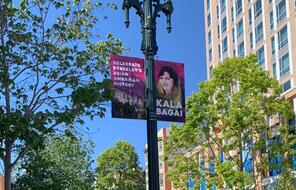
Students culminate their arc of inquiry into the Angel Island Immigration Station by completing a C3-aligned Summative Performance Task and Taking Informed Action.
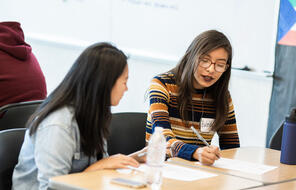
Facing History & Ourselves is designed for educators who want to help students explore identity, think critically, grow emotionally, act ethically, and participate in civic life. It’s hard work, so we’ve developed some go-to professional learning opportunities to help you along the way.
Professional LearningListen to #DisruptTexts founder Julia Torres about taking a critical lens to text selection in ELA classrooms.
Professional LearningListen to writer and educator Dr. Clint Smith as he shares his poetry and reflections on working for justice, equity, and civic agency in our schools.
Professional LearningExplore approaches to centering student voice, building authentic relationships and cultivating community with Molly Josephs, the creator of This Teenage Life, a youth-driven, story-sharing podcast that started as a school club.